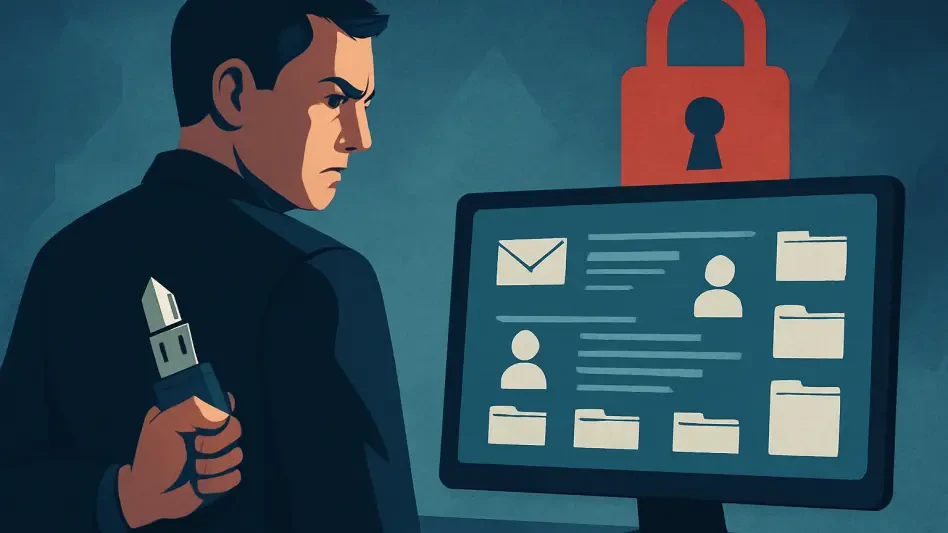Imagine a high-stakes chess game where every move is critical, yet the opponent’s strategy remains concealed until a fatal checkmate. Such is the reality for telecommunications giants as they grapple with securing their networks against ever-evolving cyber threats. Salt Typhoon, a sophisticated cyber-espionage campaign, shook U.S. telecom providers to their core, orchestrated by elusive hackers that the FBI now eagerly seeks to identify. This incident underscores the vulnerabilities that lay bare the sector’s defenses, prompting an urgent evaluation of preparedness.
The Crucial Role of Telecom Security in a Connected World
Telecommunications form the backbone of modern infrastructure, bridging gaps between sectors from finance to healthcare. Yet, this interconnected web is a double-edged sword, offering malicious actors numerous entry points to exploit. Recent high-profile cyberattacks have laid bare the fragility of this critical industry. For instance, attacks like Salt Typhoon are not isolated events but rather indicators of larger security challenges threatening national security and economic stability.
Increasingly sophisticated cyberattacks can compromise sensitive information and disrupt critical services, showcasing a dire need for stringent security measures. The ramifications of these breaches extend beyond immediate financial loss, potentially crippling a nation’s infrastructure. As cybercriminals grow bolder, the urgency for robust defenses becomes paramount.
Current State of Telecom Cybersecurity: An Analysis
The complex nature of telecom networks creates fertile ground for cyber vulnerabilities, particularly as companies navigate mergers and wrestle with outdated systems. The amalgamation of various technologies often results in security loopholes, amplifying the risk of intrusion. Companies frequently discover long-standing vulnerabilities during system integrations, leading to breaches that expose sensitive data or disrupt services.
Moreover, regulatory gaps hinder efforts to bolster telecom cybersecurity. The reliance on voluntary cyber-incident reporting has left a patchwork of incomplete data, impeding comprehensive threat assessments. As regulatory bodies like the FCC continue to finetune rules, gaps remain that undermine the sector’s cybersecurity readiness, making it imperative for telecom providers to be proactive in compliance and risk management.
Expert Insights: Navigating the Cybersecurity Terrain
Industry experts and cybersecurity leaders consistently emphasize that staying ahead of cyber threats demands a multi-faceted strategy. They underline the importance of embracing cutting-edge defense technologies while cultivating an adaptive mindset toward evolving risks. The immediate response to these threats often highlights their sophistication, where even seasoned telecom executives find themselves navigating complex challenges post-breach.
In direct conversations with telecom executives, the feedback consistently revolves around the need for agility in threat assessment and response. The continually shifting landscape requires a dynamic approach, where outdated protocols swiftly give way to novel tactics capable of mitigating emerging threats. This adaptive strategy is crucial as executives recount lessons learned and precautions now central to their cybersecurity measures.
Strengthening Cyber Defense: The Path Forward for Telecom Providers
Telecom companies must adopt comprehensive strategies to enhance their cybersecurity posture significantly. A forward-thinking approach demands regular risk assessments and continuous upgrades to network management practices. Such a strategy ensures that security measures evolve alongside emerging threats, minimizing potential vulnerabilities.
Collaboration with government agencies and adherence to regulatory changes form an integral part of this approach. Engaging in joint initiatives can enrich telecom defenses while aligning with national security standards. Regular collaboration paves the way for a unified front against cyber threats, ultimately fortifying the digital backbone essential to critical infrastructure.
Moving Toward Greater Preparedness
Amid the testimony of high-profile cyber incidents, it is the onus of telecom giants to chart paths forward in fortifying their networks. Many realized the necessity of foundational shifts, integrating cutting-edge technologies while emphasizing cooperation across the industry. By embracing continuous assessment and updating practices, they reduced potential vulnerabilities.
The focus was also on greater collaboration with government entities. As regulatory landscapes evolved, the industry concerted efforts in aligning with mandates that enhanced cybersecurity. These initiatives collectively not only forged a more secure network environment but also underscored a proactive stance toward securing the telecommunications industry in perpetuity.








